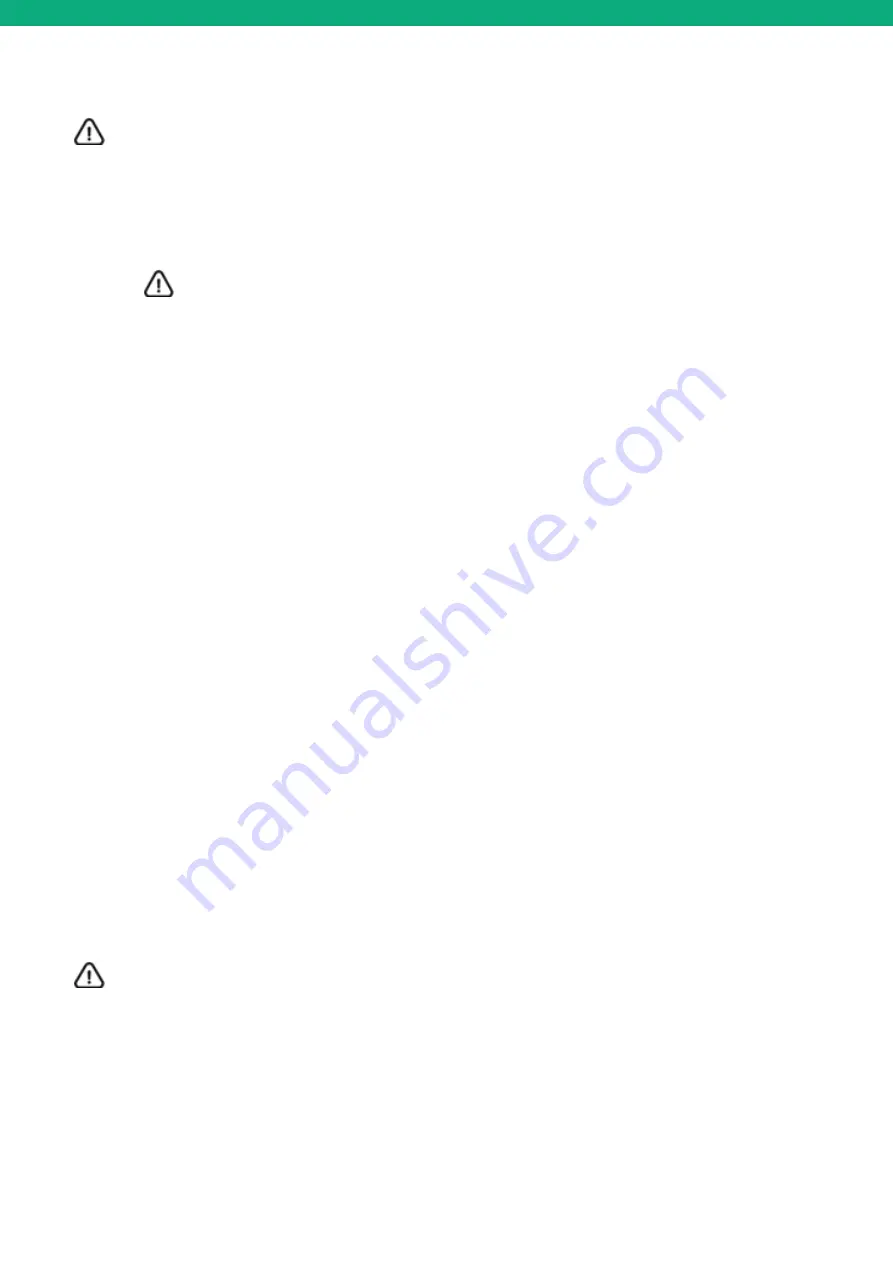
Remember that the refrigerant is under pressure. Always wear protective
equipment, i.e. safety glasses or goggles and gloves when working with refrigerant, and
guard against refrigerant spraying into the face or skin. Line pressures on an operating
conditioning unit will vary with outdoor temperatures. As outdoor temperatures rise,
pressures will also rise.
Caution
DO NOT, UNDER ANY CIRCUMSTANCES, HEAT THE REFRIGERANT CYLINDER WITH A
TORCH OR BY ANY OTHER MEANS OTHER THAN WARM WATER. EXCESSIVE PRESSURES
GENERATED IN THIS MANNER MAY WEAKEN THE REFRIGERANT CONTAINER AND
RESULT TO A CYLINDER EXPLOSION!
I. Maintenance
Condenser Fins
Condenser fins become dirty over time as ambient air is induced to the condenser. Dirty
coil surfaces result in high condensing temperatures and poor unit performance. Regular
cleaning is recommended with frequency depending on the installation and the
surrounding environment. As a general guide, it is advisable to do this at least once every
two months.
Fins should be cleaned with liquid detergent diluted with clean water. Before washing, a
light brush downward (in the direction of the fins) should be done to remove heavy
deposits.
Electrical Connections
Check tightness of electrical connections occasionally.
Routine Leak Test
All joints should be checked for leaks during site visits. All joints should be leak tested
once a year. Condenser Fan(s) and Motor(s), an annual inspection of these items is recom-
mended. Fastenings may loosen, bearings may wear, and fans may require cleaning of
solid deposits which can cause imbalance.
TURN OFF OR DISCONNECT THE ELECTRICAL POWER SOURCE BEFORE CLEANING
THE CONDENSER COIL OR DOING MAINTENANCE.
27



































